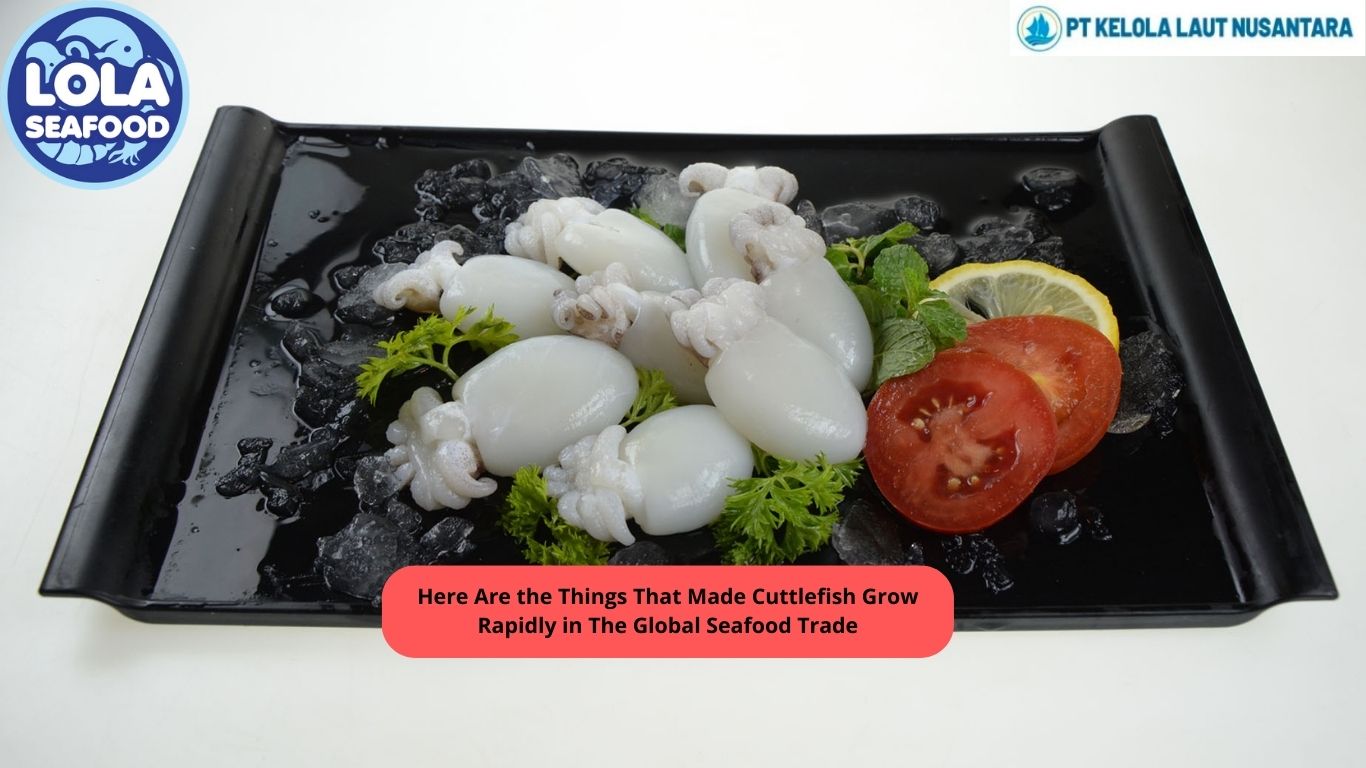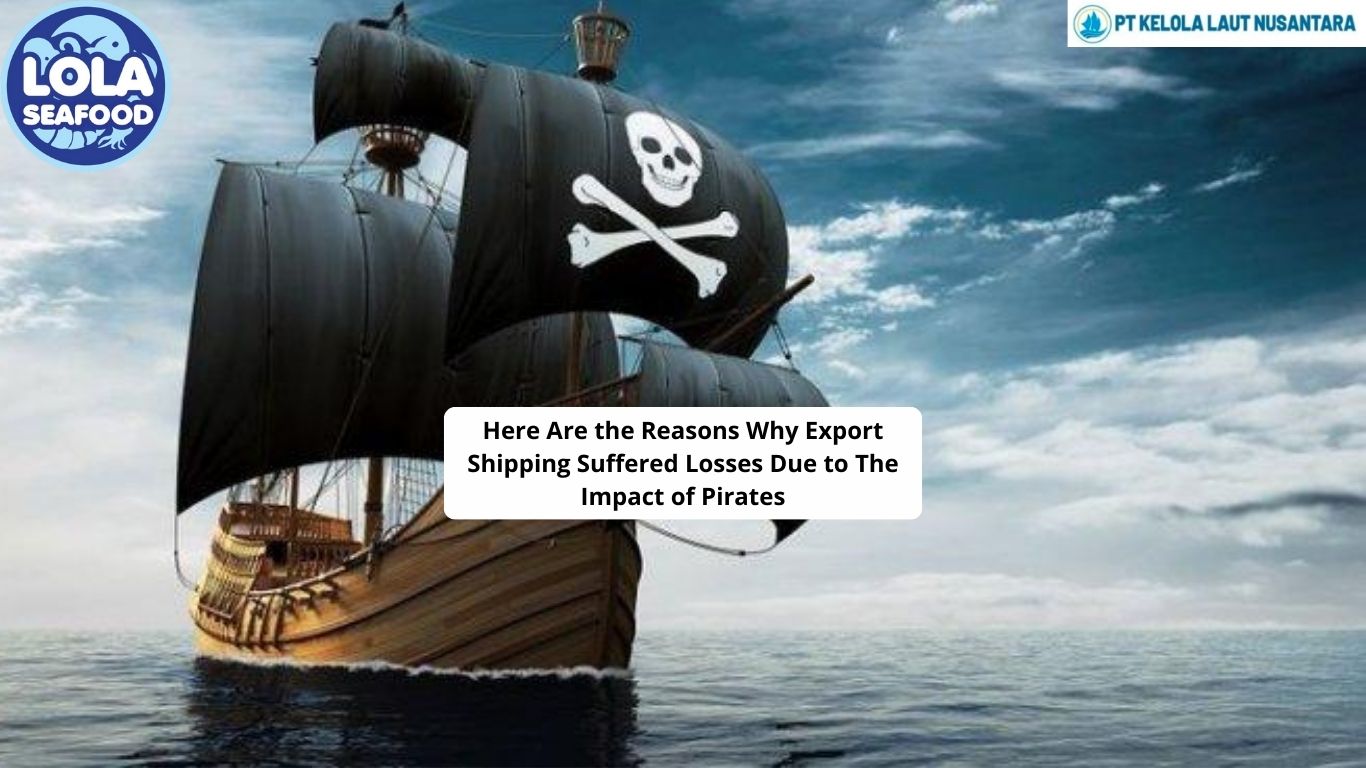How Frozen Fish Companies Are Adapting to Changing Consumer Demands
By. Najih - 16 Aug 2024.jpg)
Adapting to these changes is crucial for maintaining competitiveness and meeting customer expectations. This article explores how frozen fish companies are adjusting their strategies to align with contemporary consumer demands.
1. Embracing Sustainability
Eco-Friendly Practices: As consumers become more environmentally conscious, frozen fish companies are adopting sustainable practices. This includes sourcing fish from certified sustainable fisheries and implementing eco-friendly packaging. Certifications like the Marine Stewardship Council (MSC) and the Aquaculture Stewardship Council (ASC) are increasingly featured on product labels to assure customers of responsible sourcing.
Reducing Carbon Footprint: Companies are investing in energy-efficient freezing technologies and improving logistics to reduce their carbon footprint. Innovations such as using renewable energy sources and optimizing transportation routes help minimize environmental impact.
2. Enhancing Transparency
Detailed Labeling: Consumers are demanding more information about the origins and quality of their food. Frozen fish companies are responding by providing detailed labeling that includes species information, sourcing practices, and processing methods. Clear, informative labels help build trust and meet consumer expectations for transparency.
Traceability: Advanced traceability systems allow consumers to track the journey of their fish from ocean to table. Blockchain technology and other digital tools are being used to ensure that all aspects of the supply chain are transparent and accountable.
3. Catering to Health-Conscious Consumers
Nutritional Information: With increasing awareness of health and nutrition, frozen fish companies are highlighting the health benefits of their products. Labels often feature nutritional information, emphasizing omega-3 fatty acids, low fat content, and other health benefits associated with fish consumption.
Healthier Options: Companies are developing and promoting healthier product lines, such as fish with no added preservatives or lower sodium content. This caters to consumers looking for clean-label products and aligns with broader health and wellness trends.
4. Leveraging Technology
Improved Freezing Techniques: Advances in freezing technology, such as flash freezing, are being utilized to preserve the quality and freshness of fish. These techniques help maintain the texture and flavor of the fish, addressing consumer concerns about the quality of frozen products.
Online and E-Commerce Platforms: As online shopping grows, frozen fish companies are expanding their presence on e-commerce platforms. This includes offering direct-to-consumer sales and improving online shopping experiences with user-friendly interfaces and efficient delivery systems.
5. Innovating Product Offerings
Convenience Foods: To meet the demand for convenience, companies are developing ready-to-cook and pre-seasoned frozen fish products. These options cater to busy consumers who seek quick and easy meal solutions without sacrificing quality.
Variety and Customization: Frozen fish companies are diversifying their product lines to include a wider variety of fish species and cuts. Customization options, such as bulk purchasing and subscription services, are also being introduced to meet specific consumer needs and preferences.
6. Adapting to Regulatory Changes
Compliance with Standards: As regulations around food safety and environmental impact evolve, frozen fish companies are adapting to new standards. Staying compliant with both local and international regulations helps ensure product safety and align with consumer expectations for responsible practices.
Flexibility and Innovation: Companies are adopting flexible approaches to quickly respond to regulatory changes and emerging trends. This includes investing in research and development to innovate and stay ahead of regulatory requirements.
.jpg)
 (1).png)


.jpg)
.jpg)
.jpg)

 (3).png)